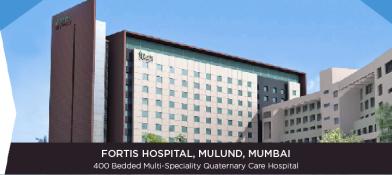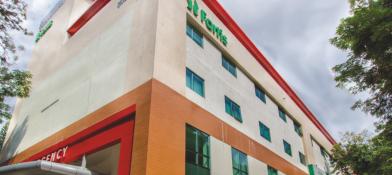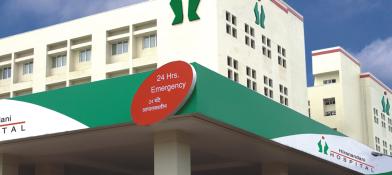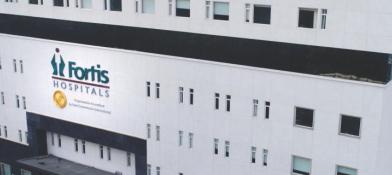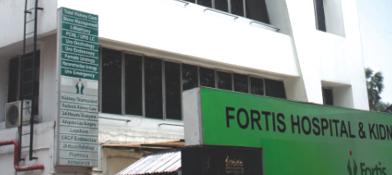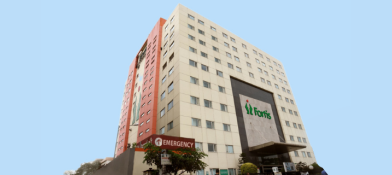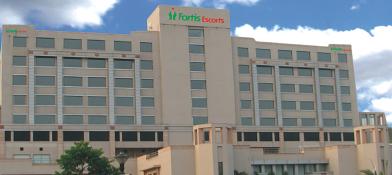Capsule Endoscopy
Introduction
In capsule endoscopy, the patient swallows a tiny camera resembling a pill that takes many images while moving through the digestive system. These images are later sent to a patient’s recorder where a doctor analyzes them to identify a range of diseases affecting the intestines in this region.
Applications of Capsule Endoscopy
Capsule endoscopy is used in a wide variety of gastrointestinal problems including:
Obscure GI Bleeding: Capsule endoscopy can identify where bleeding comes from in the digestive system when traditional methods fail.
Crohn’s Disease: This technology helps diagnose Crohn’s disease which is an inflammatory bowel disease through detection of inflammation, or ulcers found within the small intestine using biopsies.
Celiac Disease: It could be used to investigate damage on the inner lining of small intestines thus helping in diagnosing celiac disease that manifests itself due to gluten intolerance.
Polyposis Syndromes: As for screening purposes as well as monitoring reasons polyposis syndromes development of too many polyps throughout GIT is observed.
Small Intestine Tumors: This technique can identify neuroendocrine or carcinoid tumors, among others, in the small intestine.
Esophageal Varices: Capsule endoscopy may be employed to look for esophageal varices which are enlarged veins in the esophagus that burst leading to deathly bleeding.
Barrett's Esophagus: Diagnosis of Barrett’s esophagus which is a precancerous condition that may affect the esophagus.
Colon cancer screening: Patients who cannot undergo traditional colonoscopy may be referred for capsule endoscopy.
How does Capsule Endoscopy Work?
Capsule endoscopy is a relatively simple and painless procedure. Here’s what happens during it:
Preparation stage: Patients must not eat or drink anything for 10-12 hours before the test is performed; they might also be told to use a laxative so that their bowels are empty when the test begins.
Capsule Ingestion: The patient swallows the pill down with water; it has within itself cameras, lights as well as transmitters. The capsule takes around 8 hours to travel all over the body to generate images.
Image Capture: As the capsule passes through your digestive system, it takes thousands of pictures every second. These photos are then sent wirelessly back to a recorder that you wear around your waist on a belt strap.
Data Download and Analysis: The patient comes back for collection of data by physician after 8-10 hours using recorder; this includes downloading images and examining abnormalities observed in the gastrointestinal tract.
Steps to Follow Before Going Through Capsule Endoscopy
Preparing for a capsule endoscopy is straightforward but important to ensure accurate results. Here’s are few suggestions to follow.
- Follow strict doctor’s guidelines, which are specific to everyone.
- Avoid smoking at least 24 hours before the test.
- The day before the procedure, stick to clear liquids like colorless sports drinks, apple juice, or any beverage that one came across.
- The night before the test, at aroung 8 p.m one has to take a laxative to clear out your digestive tract. The doctor will tell you which laxative to use and how to prepare it.
- The night before the procedure, stop eating and drinking after 10 p.m including water.
- On the morning of the appointment, skip breakfast. One can have a light breakfast the day before, but not on the day of the test.
- The doctor might ask you to shave a small area on your belly or chest so the sensors can be attached securely.
- Let the doctor know about any medications you’re taking. They’ll advise you on when to take them so they don’t interfere with the test. Usually, one can take important medications two hours before the test, or the doctor might ask to wait for several hours after swallowing the capsule.
- On the day of the procedure, wear loose-fitting clothes. This will make it easier to attach the electrodes and the transmitter that picks up data from the capsule.
By following these simple steps, you’ll be well-prepared for your capsule endoscopy. If one has any questions or concerns, don’t hesitate to reach out to your doctor.
After swallowing capsule, one can return to home and resume daily activities along with the attached electrodes.
Though the swallowed capsule is safe, here are some of the instructions to follow:
- Avoid vigorous exercise, sudden stops, and bending or jarring movements.
- Stay away from MRI machines, ham radios, and strong magnetic fields until the capsule has left your body.
- It’s perfectly safe to use computers and phones.
- The nurse will show you how to check the recorder (attached to the electrodes or belt) to ensure it's receiving signals from the capsule. If the recorder seems to stop working, don’t try to fix it yourself. Call your doctor for assistance.
Contraindications
- Capsule endoscopy is not suitable for:
- Patients with Dementia: Difficulty in patient participation.
- Swallowing Disorders: Ingesting the capsule can be problematic.
- Cardiac Devices: Though there is no recorded interference, caution is advised.
- Pregnant Women: Safety in this population has not been established.
- Gastrointestinal Obstructions: Known or suspected strictures, fistulas, or obstructions increase the risk of capsule retention.
Capsule Endoscopy Benefits
- While regular endoscopy involves the placement of a lengthy flexible tube inside the digestive tract, capsule endoscopy is a non-invasive procedure and requires a capsule to swallow.
- The capsule is small, sleek, and easy to swallow without causing any discomfort as it passes through the digestive system.
- This technique takes images of the whole digestive system which gives a more comprehensive view than traditional endoscopy procedures.
- The procedure does not require sedation, making it a safer option for patients suffering from certain medication conditions or those who are sensitive to sedatives.
- Capsule endoscopy has been shown to have higher detection rates for certain conditions, such as obscure gastrointestinal bleeding and Crohn's disease, compared to other diagnostic methods.
Limitations of Capsule Endoscopy
- Capsule endoscopy is a diagnostic tool and cannot be used to perform biopsies or other therapeutic procedures.
- In rare cases, the capsule may become lodged in the digestive tract, requiring further intervention.
- Capsule endoscopy is not suitable for patients with certain medical conditions, such as severe strictures or intestinal blockages.
- Capsule endoscopy can be expensive compared to other diagnostic procedures.
A collaborative interprofessional team approach, including clinicians and nurses, is essential for the effective and efficient use of capsule endoscopy. Proper patient selection, education on potential complications, and coordination among healthcare providers ensure optimal outcomes and patient safety.


